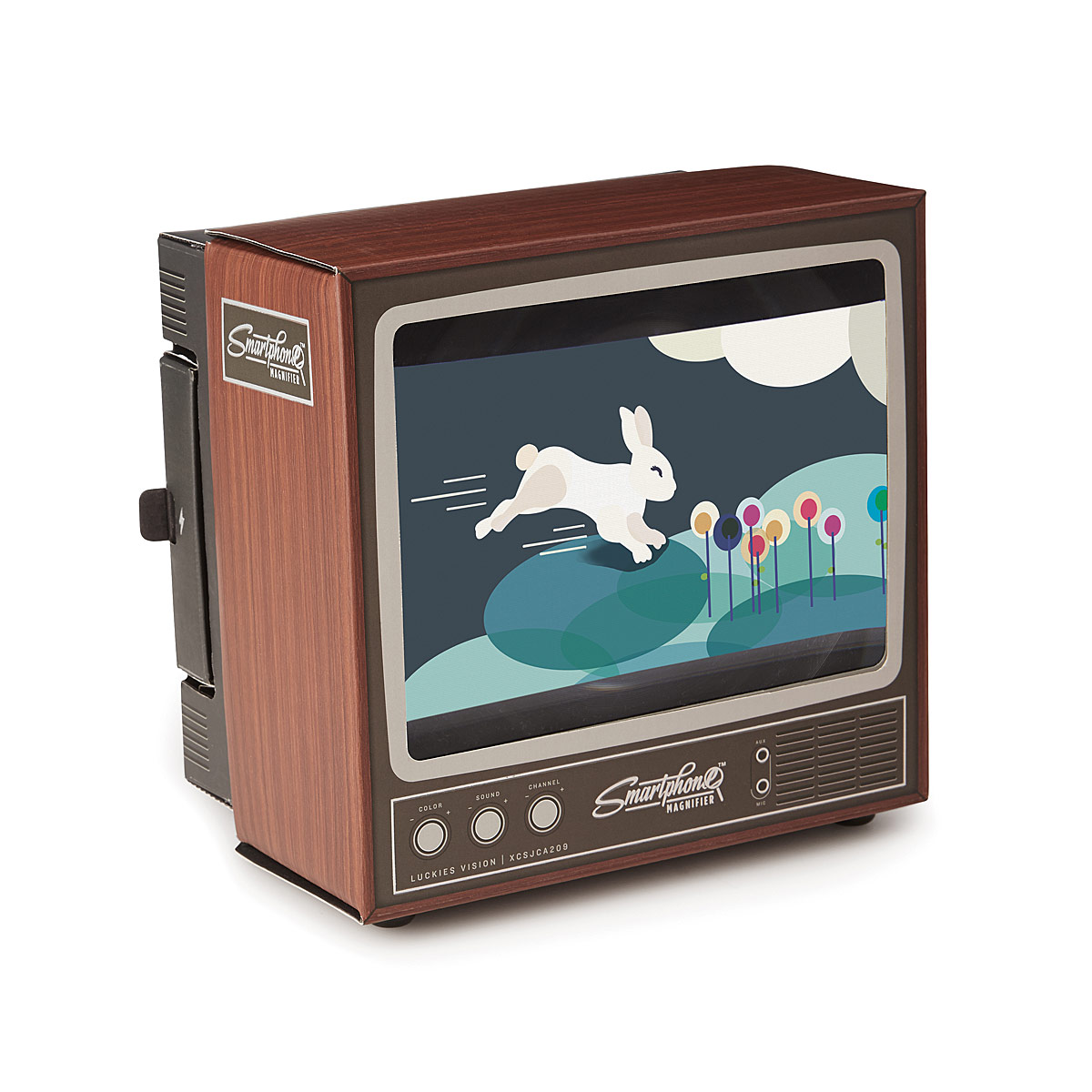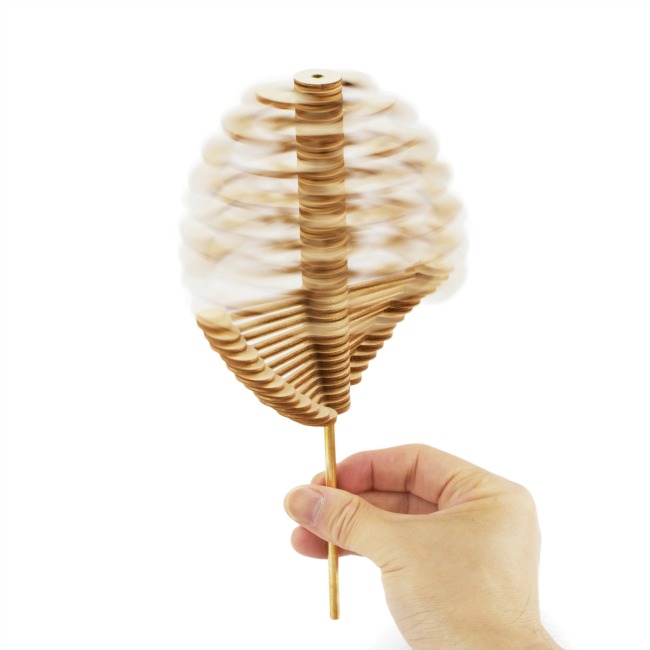Despite the recent rise of the American craft cocktail movement, with its splashes, twists, and many muddled herbs, deep-cut bartending jargon still gives even the most dedicated drinkers pause. Did you know, for instance, that you can sip on a shrub or request a topless margarita? And what of the highly complex difference between the words “straight,” “straight up,” and “neat”? It can be enough to make your head spin, drink or no drink.
“On the rocks,” meanwhile, rings a crystal-clear bell for most of us—ice, please, and usually scotch—but where on earth did it come from? Legend has it that the phrase derives from a Scottish tradition of cooling one’s whiskey with rocks retrieved from a riverbed, though the truth is likely a bit more boring. With the first use of the phrase dated to the mid-1940s, when the ice cube tray as we know it was still a relatively new invention, the “rocks” in “on the rocks” most likely refer to ice cubes chipped from a larger block, which would appear jagged, like little stones. Need a visual? Think of that itty-bitty gravel you put in a fishbowl—and no, for once, we don’t mean the drink.
Whiskey Stones & Gift Set | $20–$58









